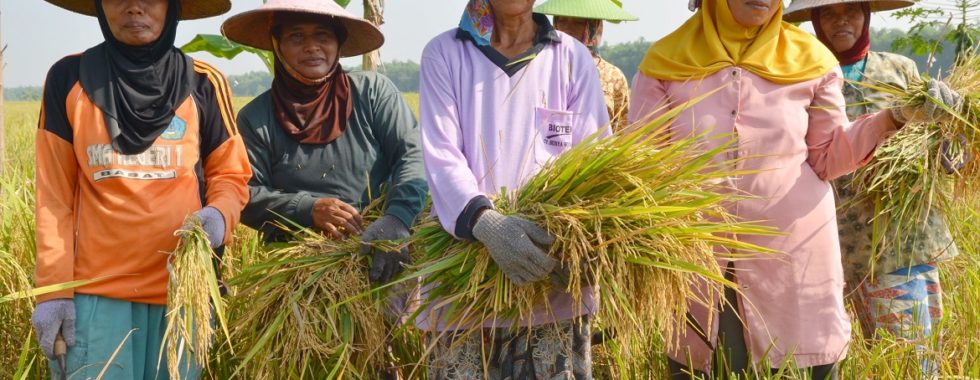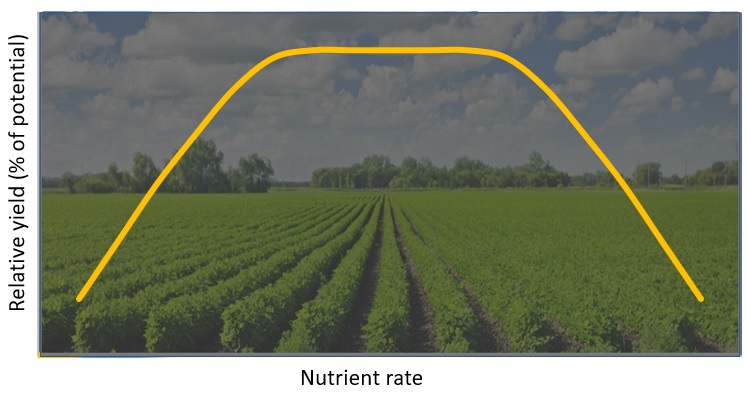How fertilizers help to feed the world – outlook towards 2050
World population is growing rapidly. In fact, since the industrial revolution, population is growing faster than ever before. In 1920 there were 1.8 billion people in the world. Fifty years later, In 1970 population reached 3.7 billion people and today, in 2019, there are 7.7 billion people on earth. Projections show that world population is expected to reach 9.1 billion people in 2050.
The FAO (Food and Agriculture Organization of the United Nations) predicts that in order to meet the demand for food of the growing population, agricultural production has to be increased by 60%.
In fact, not only the number of people on earth changes, but also the composition of the food that the population consumes. Consumption of livestock meat, milk, eggs and vegetable oils is increasing. The biggest change is taking place in the developing countries, where diet is shifting from being high in cereals, roots and tubers to vegetable oils, animal products and sugar.
In order to feed the world, production in developing countries would need to almost double.
Over the past years, yield growth rates of major crops have slowed down and even became negative in some countries. The realization that we must produce more food from less land has led to a boom of Agtech startups that took on the mission.
One of the main factors affecting crop yields is the application of fertilizers.
YIELDS RESPONSE TO FERTILIZER APPLICATION
Plants require certain mineral nutrients in order to complete their life cycle. Their growth and yield are both positively affected by the supply and availability of adequate rates of the essential nutrients.
Fertilizer provide crops with the nutrient they need. It has been shown in numerous studies that crop yields highly correlate with fertilizer inputs. Fertilizers are, therefore, essential for feeding the world’s population.
Fertilizers should be applied with accordance to the nutrient requirements of the crop, as well as with the nutrient status of the soil.
Generally, yield will increase with the addition adequate rates of fertilizers. However, once the maximum potential yield is achieved, further addition of fertilizer will not increase yields any further. Fertilizers added at this point will either accumulate in the soil or leach to groundwater. The accumulation of fertilizer in the soil results in an increase in the salinity level of the soil. Once this salinity level exceeds the salinity threshold of the crop, yield will start declining.
Furthermore, specific nutrients might reach a toxic threshold, beyond which yield will also decline.
Excess fertilizer has, therefore, a negative impact over the crop and the environment.
On the other hand according to Liebig’s law of minimum, yield is limited by the most limiting nutrient. This means that a deficiency of one single nutrient might limit crop growth and yield, even if all other nutrients are in an adequate level.
SUMMARY
In order to produce more food, it is clear that more efficient and sustainable production methods must be adopted. Currently many farmers lack access to knowledge and technology required in order to optimize production.
Therefore, a priority should be given to research and to dissemination of knowledge, in addition to developing new technologies that will help individual farmers to produce better yields from the same piece of land.



